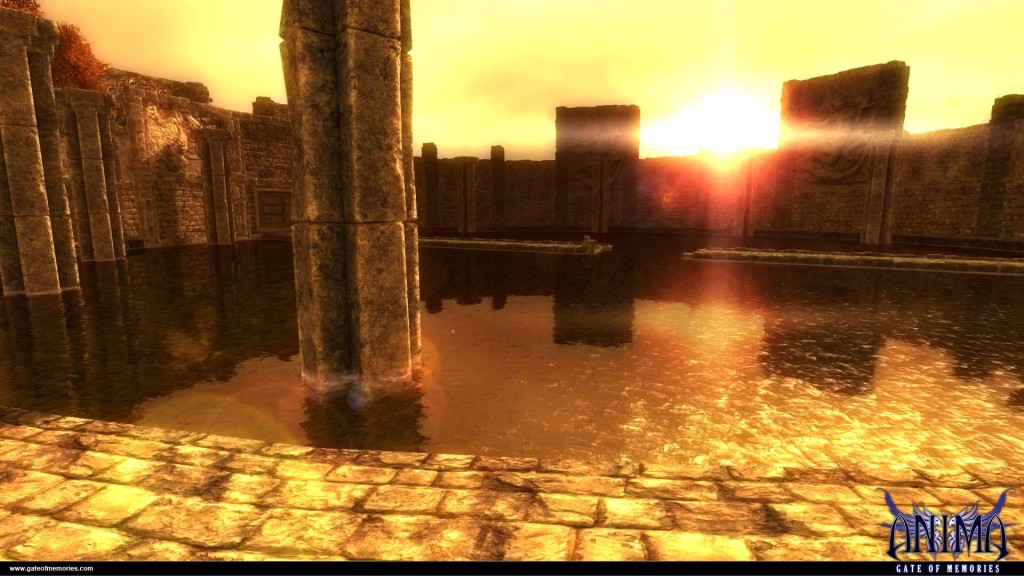
Creativity and passion can be huge assets when developing a video game, but they’re not enough on their own. Clearly, fans were excited at the prospect of seeing Anima: Beyond Fantasy’s tabletop world brought to life in an action RPG — over 1,500 backers pledged a total of $110,664 for just that — but despite their enthusiasm, and the clear zeal of the developers at Anima Project, the end result is a disappointing mess. Arriving two years after the planned release date of June 2014, and featuring some truly stunning oversights in the basic areas of control and level design, Anima: Gate of Memories is proof that all the interesting details in the world can’t save a game with botched fundamentals.
What, You Don’t Like “Reading Rainbow” Jokes?
We’ll have to tackle those “interesting details” later, because Gate of Memories doesn’t have many in its narrative. The story follows Ergo and The Bearer, two members of a darkness-cleansing society known as Nathaniel, as they attempt to recover an artifact called the Byblos. Unfortunately, while the script tries to make their escapades a blend of deep role-playing lore and irreverent humor, both aspects fall flat on their face. Front-loaded with goofy fictional names and impenetrable jargon, Anima’s world of Gaia drowned me in lore before I had a chance to care about its characters or the locations they explore. And as for the attempts at humor, let’s put it this way: no game this year has made me cringe quite as much as this one. This horrific “Reading Rainbow” joke is Exhibit A: just when you think there’s any mercy in the world, Ergo comes back with a second painful verse… and then a third. Add to that some truly gross personality quirks, like his “jokes” about doing “things” to The Bearer while she’s sleeping, and his tendency to end most sentences with “babe” or “baby,” and you’ve got the recipe for one of the most unlikeable “heroes” of gaming in 2016.
You’re stuck with Ergo, though, since The Bearer has formed some sort of contract with him (that involved him “eating” her name — don’t ask, because I’m no closer to understanding that than you are). As far as gameplay is concerned, that means you can switch back and forth between them on the fly. But while the idea of swapping protagonists mid-combo sounds appealing, it’s not all that hot when you actually attempt to control them; both heroes are hindered by sticky jumps, laggy attacks and a tendency to fall faster than they should. This is only made worse by the fact that the level design often emphasizes the game’s weakest elements: the amount of platforming you need to do is absolutely infuriating when the uncooperative camera and wonky controls make every jump a gamble. And the less I have to say about the obnoxious “timed spike challenge” in one particular level, the better — this painful exercise made me want to send my controller right through the TV.
Creativity =/= Fun
I know I’m being harsh, and perhaps that’s because Anima: Gate of Memories wastes a lot of creativity and interesting ideas. It’s clear that the people at Anima Project had passion to spare, and that comes through in the concepts of the world — for example, a haunted artist’s mansion occupied by living puppets is bursting with lore and interesting to walk around — but it certainly doesn’t come through in their execution. Once you get to a certain point in the story, things really open up and allow you to explore. And there were plenty of times, upon entering an area, I said to myself, “Wow, this looks interesting. This might be really cool,” but the game let me down time and time again with its unintuitive and clunky design. One of the biggest problems is the utter lack of direction you’ve got; I’d often walk around an area, completing what I thought were objectives, only to throw my hands up in the air when there was no response. Worse yet, I’d sometimes return to an old area to find a new event waiting for me — and yet have absolutely no idea how I triggered it.

Nostalgic for PS2? Well…
This sort of passion/execution dichotomy plagues the presentation, too, which alternates between inspired and just plain ugly. For sure, no one’s going to compliment the early-PS2-era graphics, but they’re more easily forgiven in some of the game’s more inspired locations. Unfortunately, time spent admiring the gorgeous castle architecture is fleeting compared to the time spent trudging across repetitive grass textures and slogging through grimy, poorly-lit dungeons. And then there’s the matter of the ear-splittingly obnoxious voice acting, used in cutscenes where the character models don’t move, which sounds like it was recorded in one take by the developers’ friends. At least the soundtrack is a bit less offensive on the ears, although it too suffers a bit from trying too hard to pull off an epic feel — causing dissonance that feels like the actual instrumentation just couldn’t meet up with the composer’s expectations.
Your Love Alone Is Not Enough
Anima: Gate of Memories is a crushing disappointment. There are plenty of places where the love Anima Project’s team has for its world is evident, but they’re buried under an avalanche of stunningly poor design choices. Being forced to listen to the terrible voice acting and relentlessly unfunny humor of protagonist Ergo made me wish for his quick and agonizing death — but even he’s not as painful as the game’s punishingly poor level design. Maybe there’s a way to make the world of this tabletop RPG fun and interesting when translated to the video game medium, but the developers sure didn’t find it this time around.
Review code for Anima: Gate of Memories provided by publisher. For more information on scoring, please read our Review Policy here.
-
World is open for the most part, allowing players to explore freely
-
Creativity is evident from the design, even when it doesn't work
-
Abysmal script that vacillates between embarrassing sincerity and cringeworthy attempts at humor
-
Punishing level design that emphasizes the game's weaknesses (e.g. long platforming sections)
-
Awkward controls, from the sticky jump to the uncooperative camera
-
Presentation woes, especially unprofessional voice acting and graphical inconsistency
Anima: Gate of Memories
-
Anima_gate_of_memories_04
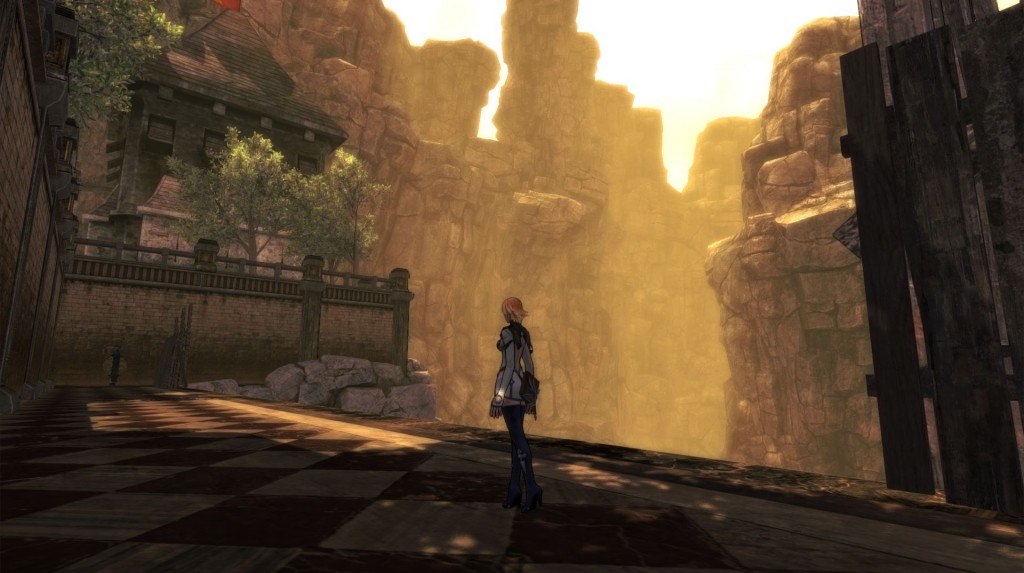
-
Anima_gate_of_memories_05
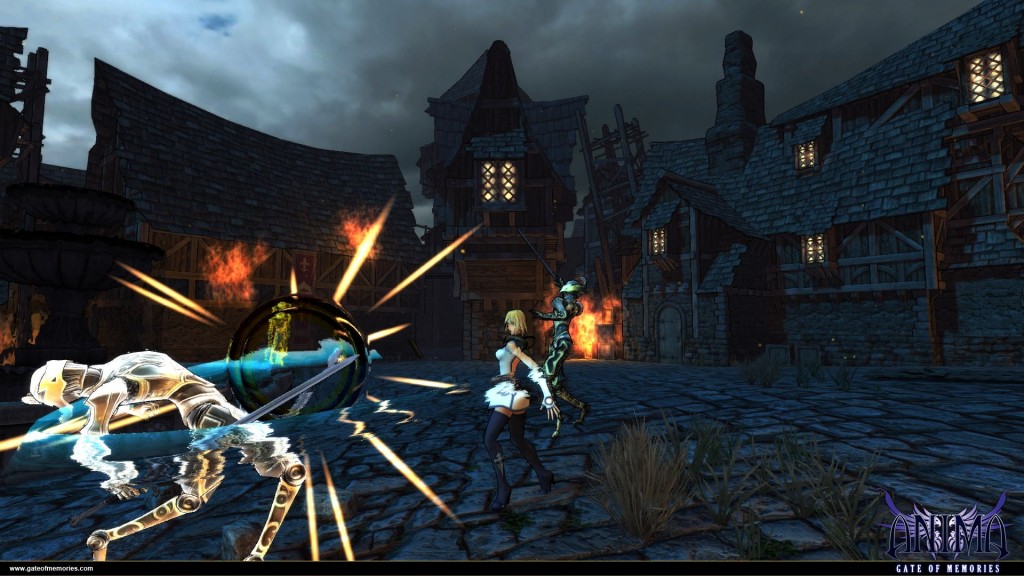
-
Anima_gate_of_memories_06

-
Anima_gate_of_memories_07

-
Anima_gate_of_memories_08
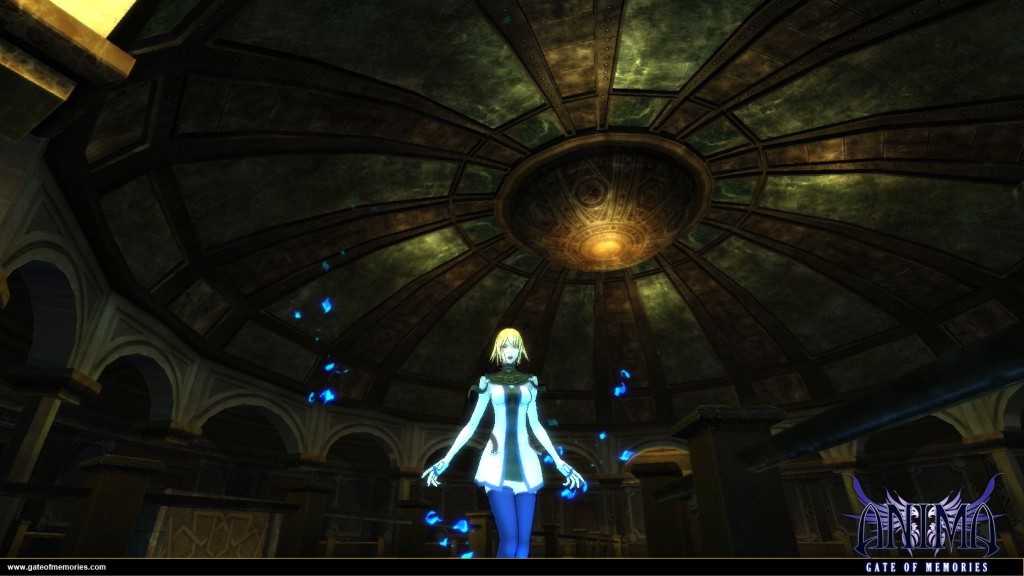
-
Anima_gate_of_memories_09
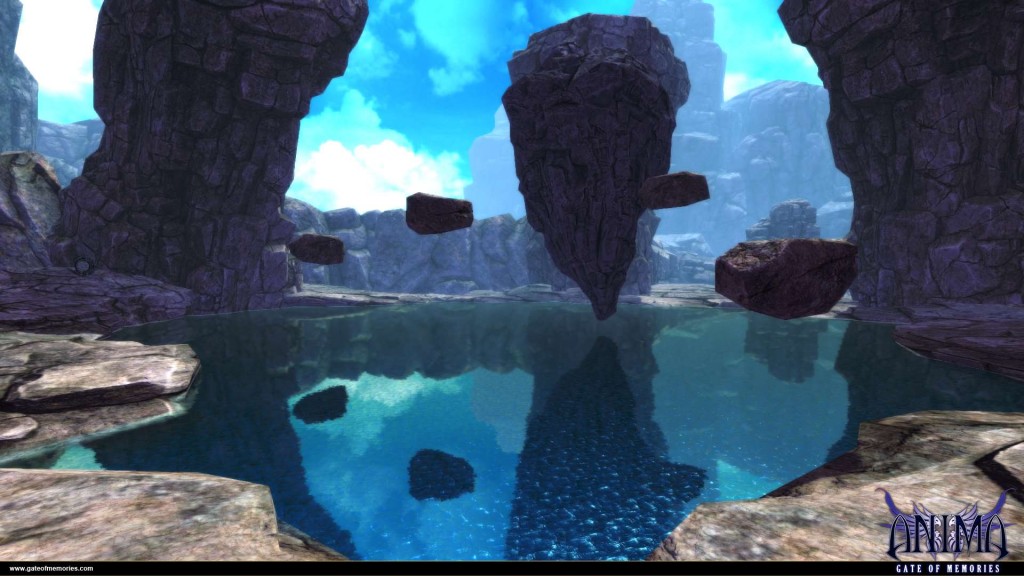
-
Anima_gate_of_memories_10
